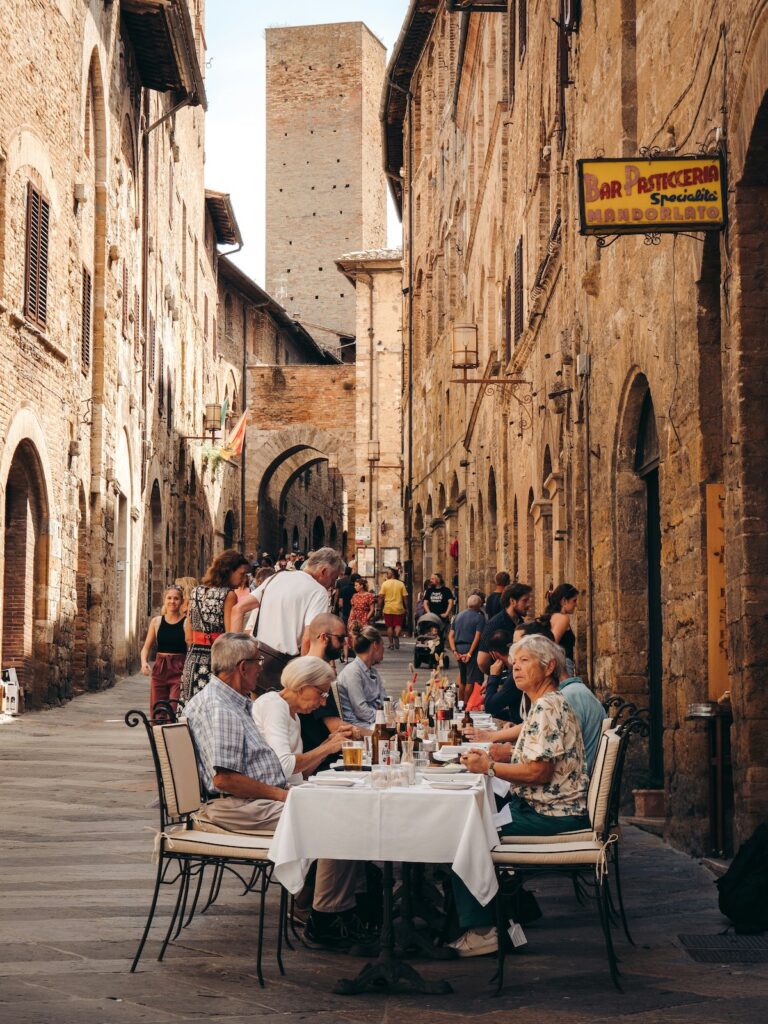
“I’ll never forgive myself for wasting two weeks in Italy.”
Those words came from Maria, a woman I met on a flight back from Florence. She and her husband had just finished a whirlwind tour of Italy—7 cities in 10 days—and were exhausted, frustrated, and surprisingly bitter about a trip that cost them thousands.
“All I have are blurry photos of crowded attractions and memories of standing in lines,” she confessed, scrolling through countless identical selfies with the Colosseum. “I don’t even remember which cities half these photos are from.”
Meanwhile, I had just spent those same two weeks in exactly two places: a small village in Tuscany and a quiet neighborhood in Venice.
The difference? I returned with new friends, the secret recipe for a regional pasta dish shared over wine by a local chef, and the phone number of a vineyard owner who insisted I come back next year “when the new vines mature.”
This is the untold truth about Italy: the faster you move, the less of it you actually experience.
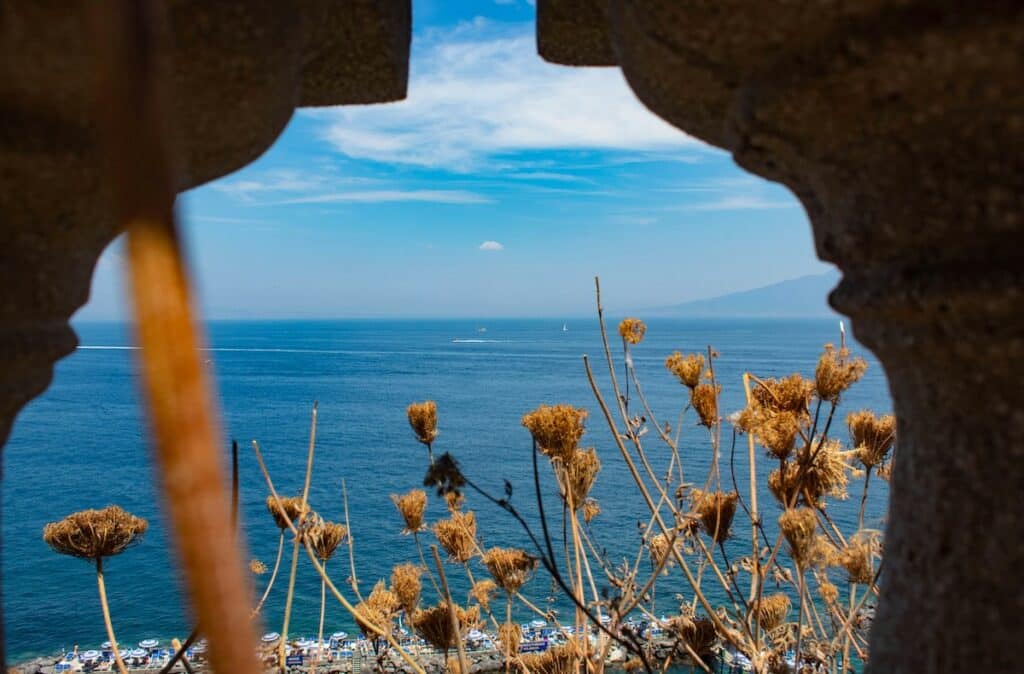
The Slow Travel Revolution: Quality Over Quantity
Italy isn’t meant to be consumed like fast food. It’s a slow, lingering meal—the kind Italians themselves have perfected.
Slow travel in Italy means rejecting the “seven cities in seven days” madness that leaves tourists needing a vacation from their vacation. Instead, it embraces a radical idea: what if you saw less but experienced more?
My heart sinks every time I read comments in Italy travel Facebook groups: “We did everything on our list but somehow felt like we missed the real Italy.” “Our trip was exhausting and didn’t live up to expectations.” “We spent so much money but all we did was stand in lines and take photos.” They return with digital mementos but few meaningful experiences.
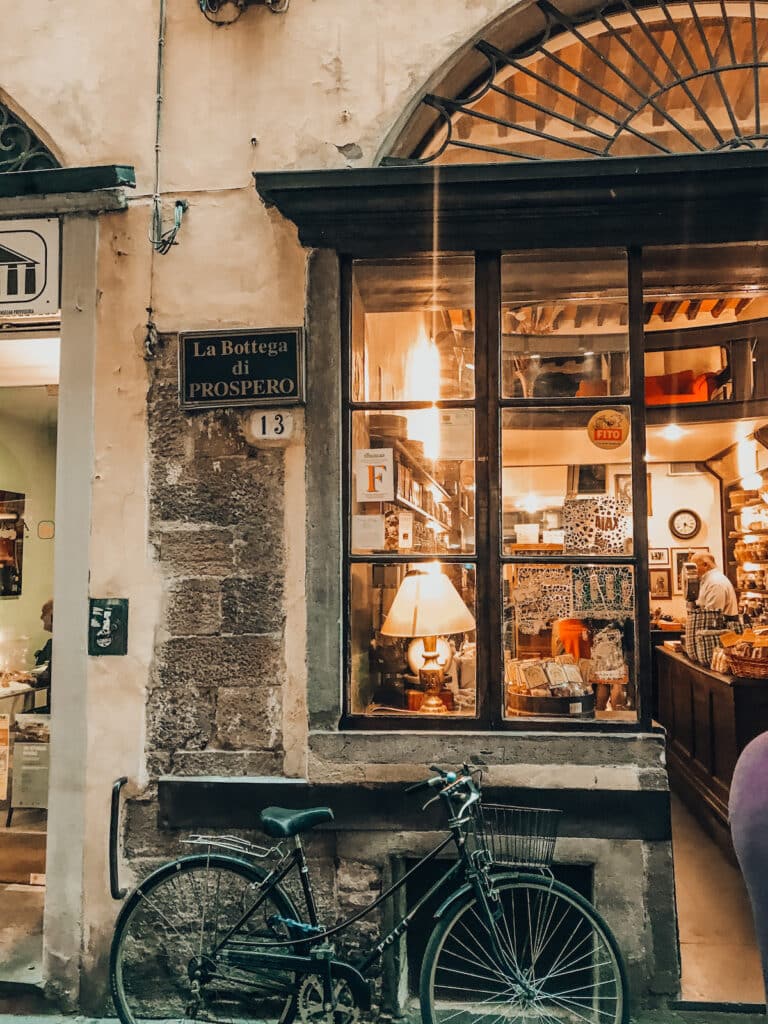
What Slow Travel in Italy Actually Looks Like
Stay Longer in Fewer Places
Instead of one night in Venice, three in Florence, two in Rome, and a day trip to Pompeii—try one week in Tuscany and one week in Puglia.
Last April, I watched an American family sprint through the Uffizi Gallery in Florence, frantically checking artworks off their list. In the same room, an elderly Italian man stood transfixed before a single Botticelli painting. “He comes every Tuesday and stays with that same painting for at least an hour,” the security guard told me with a knowing smile.
Which experience would you rather have?
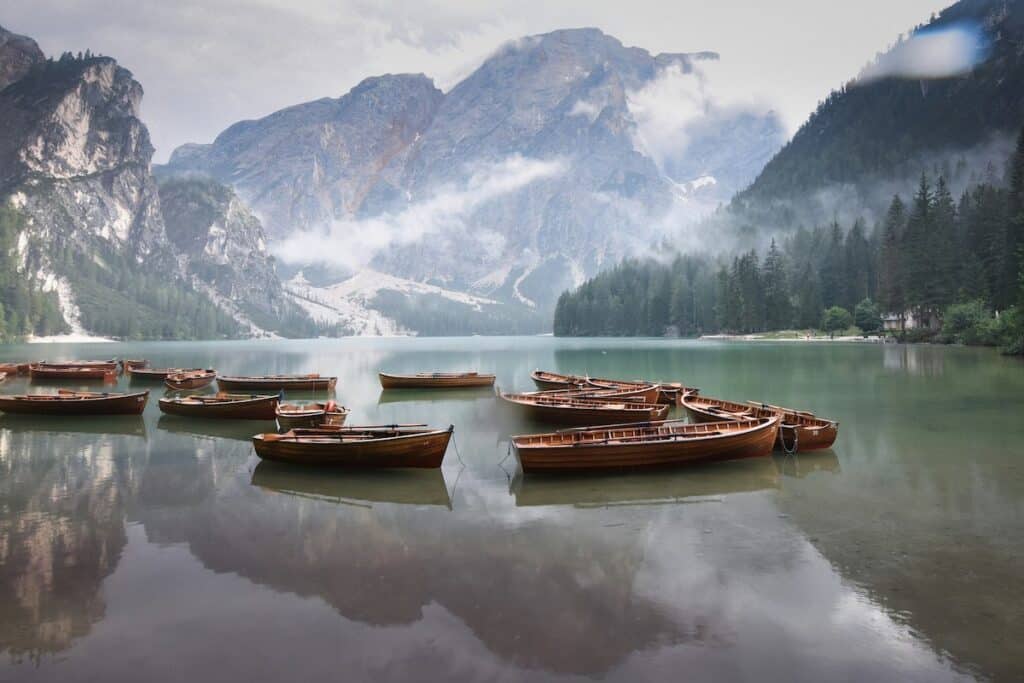
Choose Authentic Accommodations
Forget sterile hotel chains. Slow travel means:
- Agriturismos: Working farms where you’ll enjoy true farm-to-table meals with ingredients harvested just hours before appearing on your plate
- Local B&Bs and Boutique Hotels: Run by families who will argue passionately about which local restaurant serves the best pasta (and they’re all right)
- Apartment rentals: Where you’ll shop at the local markets and prepare meals in your own kitchen, perhaps with advice from the property owner on where to find the best ingredients
When my husband and I stayed at a family-run bed and breakfast years ago in Urbino, the owner, Gabriella, brought us homemade pastries each morning and insisted on showing us hidden corners of the Renaissance town that “only locals know about.” She even called ahead to her cousin’s restaurant to ensure we got the best table. You won’t get that at the Marriott.
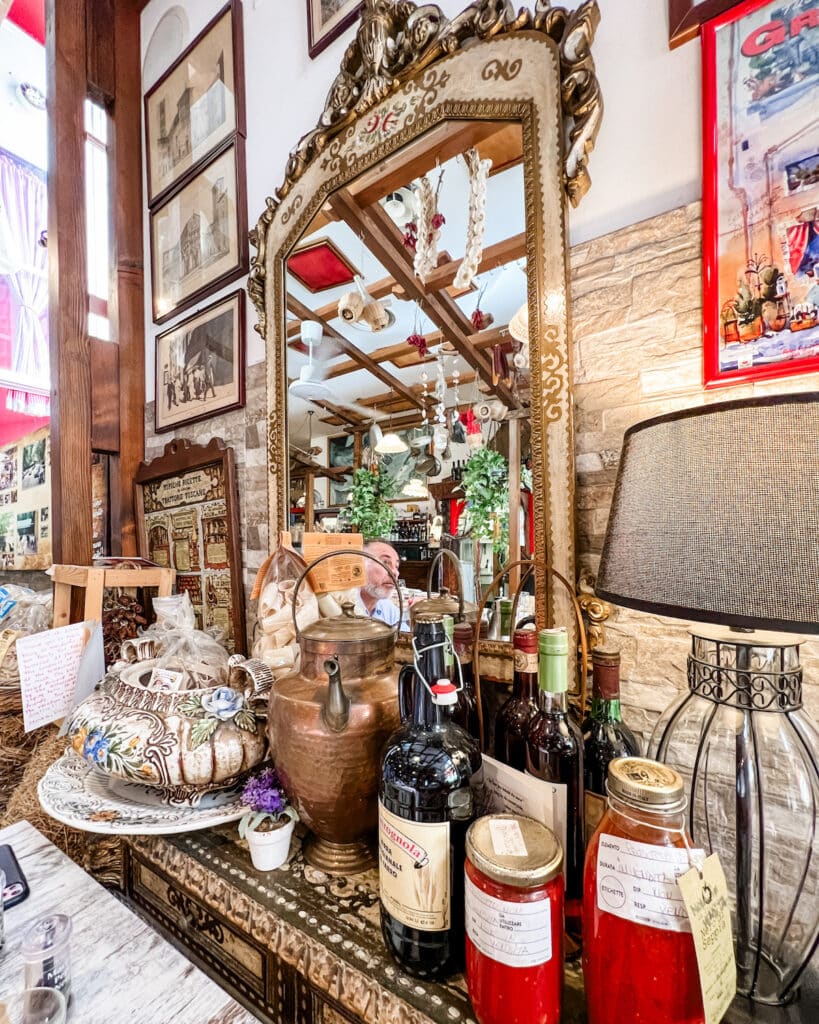
Transportation That Becomes Part of the Experience
Rent a car. Take detours. Stop at the tiny village you’ve never heard of because its church tower caught your eye from the highway.
Italy’s secondary roads reveal more than its autostradas ever will. The country opens up when you can pull over because you spotted an elderly man selling truffles from a card table on the roadside.
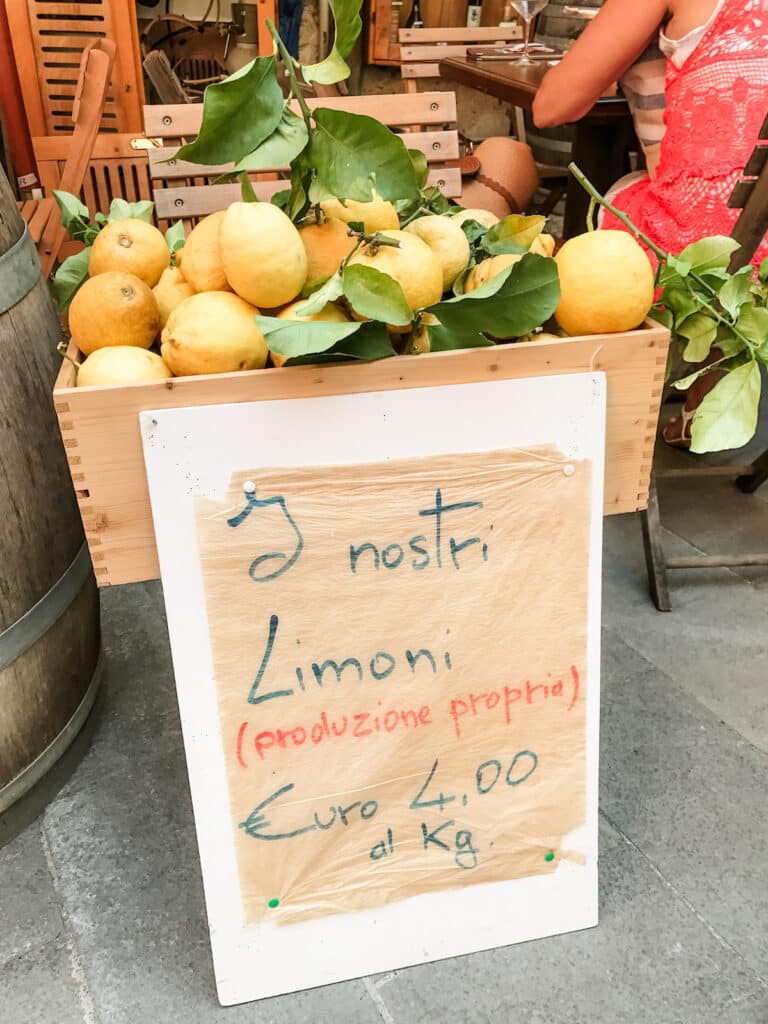
Customize Your Itinerary Based on Passion, Not Obligation
The most tragic words in travel: “We should see this because it’s famous.”
Are you a food lover? Spend days exploring Bologna’s markets and taking cooking classes instead of rushing through another museum because your guidebook awarded it three stars.
Love nature? The Dolomites offer hiking trails where you might not see another tourist all day, while everyone else crowds into Venice’s Piazza San Marco.
Are you interested in history? Skip the line at the Vatican and instead explore Etruscan tombs in Tuscany where you’ll likely be the only visitor.
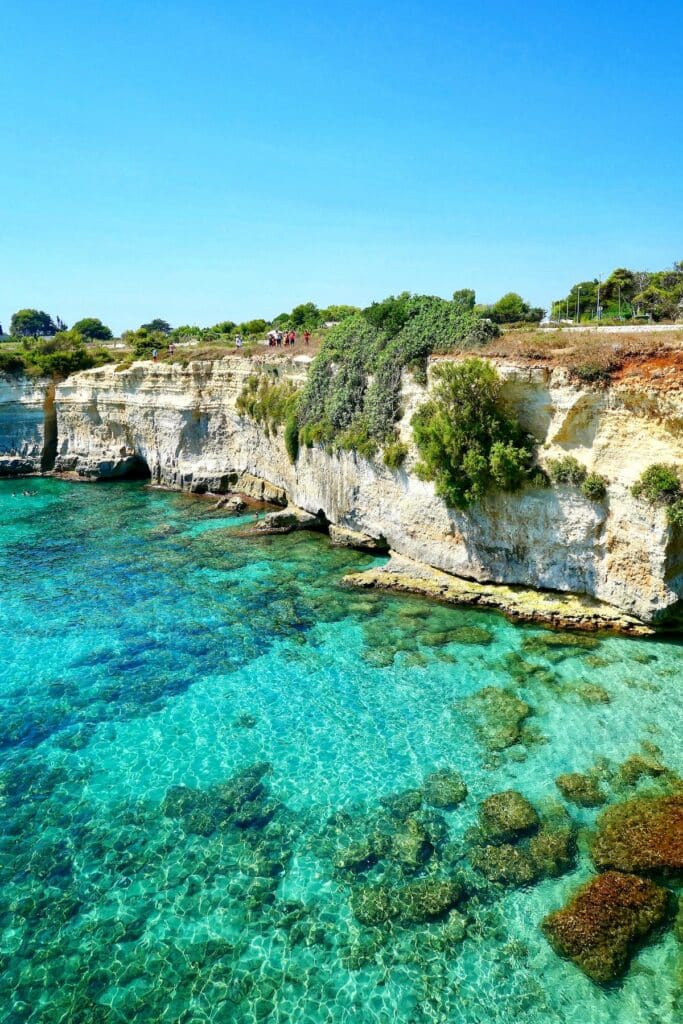
The Emotional Transformation of Slow Travel
Last summer in Lucca, I watched a tense couple argue in what was clearly a stressful vacation moment. “We need to hurry or we’ll miss the train to Pisa,” the husband insisted, checking his watch.
His wife looked longingly at the street musician playing Puccini (the composer was born in Lucca) and the café where locals were enjoying their afternoon aperitivo.
“But we haven’t even experienced this place yet,” she said.
She was right. They’d “seen” Lucca but hadn’t experienced it at all.
Slow travel transforms you from tourist to temporary local. The barista learns your name. The vegetable seller at the market holds aside the best tomatoes for you. You develop routines and favorite spots.
You return home with more than photos—you bring back recipes, friendships, and a genuine understanding of the place you visited.
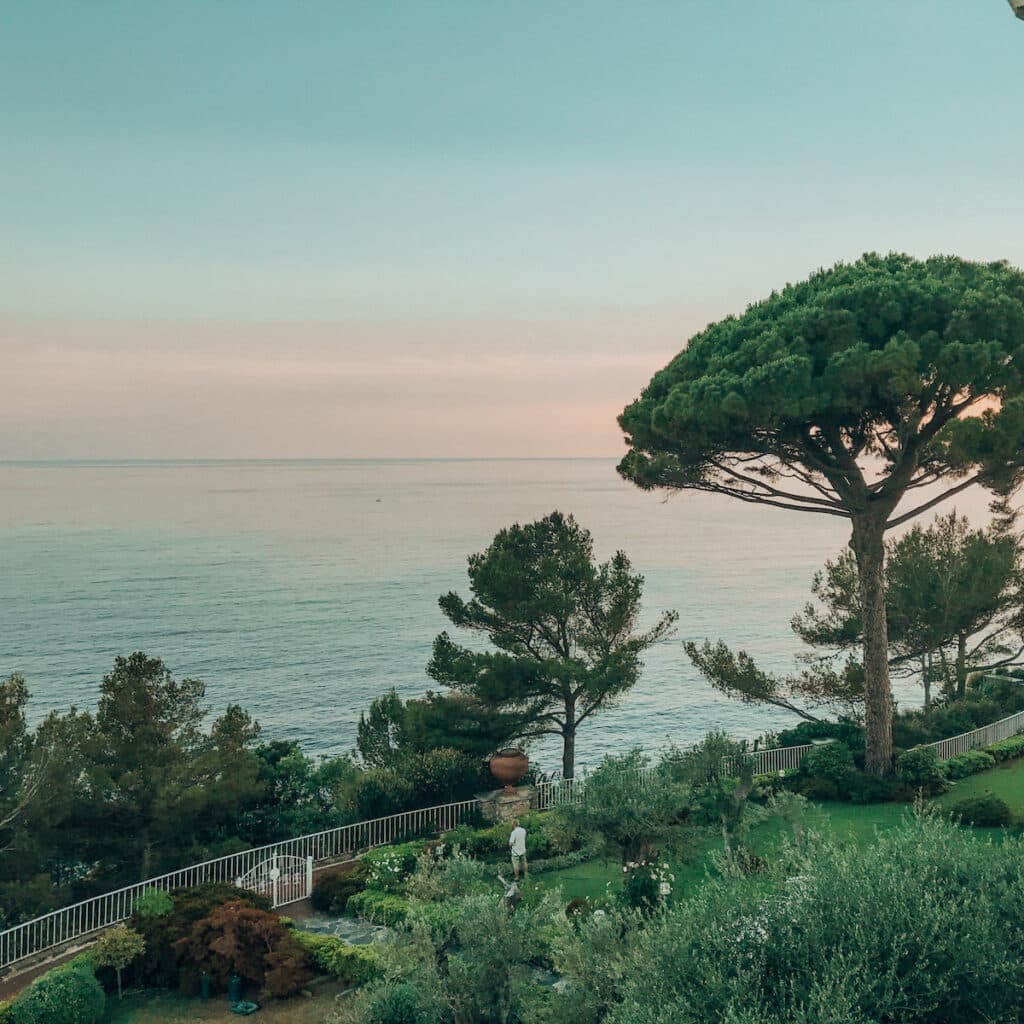
5 Ways to Immerse Yourself in Italian Culture Through Slow Travel
- Learn Basic Italian Phrases: Not to communicate efficiently, but to see the faces of Italians light up when you try. When I attempted to order in broken Italian at a bakery in Siena, the owner was so delighted she gave me extra pastries “for being brave.”
- Participate in Daily Rituals: Join the passeggiata—the evening stroll that takes place in virtually every Italian town between 5:30-8:00 PM. Locals of all ages dress their best and promenade along main streets, greeting neighbors and stopping at bars for aperitivo before dinner. It’s living theater and authentic community life that rushed travelers miss entirely.
- Shop at Local Markets: In Moden, I bought cheese from a vendor who, upon learning it was my first time trying his Parmigiano-Reggiano, insisted I return the next day to sample the same cheese that had been aged three different lengths of time. “Now you understand,” he nodded when I could taste the difference.
- Find Restaurants That Only Open for Dinner: Take time to seek out restaurants that only open at 7:30 or 8:00 PM—this is the most reliable sign of authenticity. The places with “Tourist Menu” signs and doors open all day are serving frozen pasta to visitors, not locals. Real Italian eateries open specifically when Italians actually eat. Your detective work pays off with genuine regional dishes and dining rooms filled with Italian families rather than exhausted tourists checking their watches.
- Take a Day to Do Nothing: The most Italian experience of all: spending an afternoon in a piazza doing absolutely nothing but watching life unfold. The businessman on his third espresso. The children playing football where they shouldn’t. The argument between the shopkeeper and delivery driver that involves dramatic gestures but ends in laughter.
The Economic and Environmental Case for Slow Travel
Beyond the personal benefits, slow travel:
- Distributes tourism euros to smaller communities that need them
- Reduces your carbon footprint by limiting transportation
- Supports local businesses rather than international chains
- Creates sustainable tourism that residents don’t resent
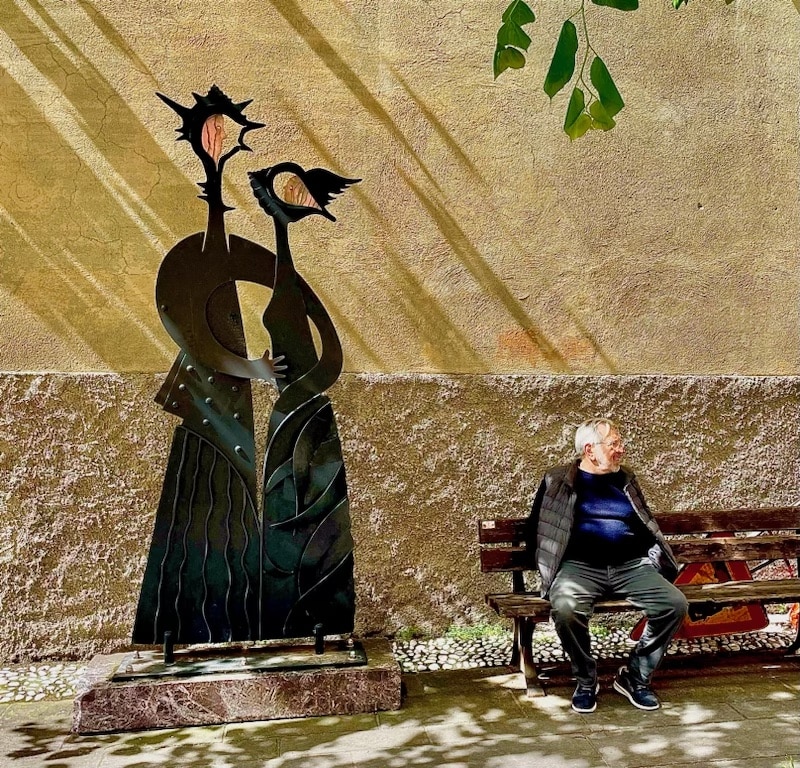
When to Go: Finding Your Perfect Slow Season
Wondering when to go to Italy? The emptiest months are January and February which have the fewest tourists—though Venice’s Carnival in February creates a colorful exception.
But the true secret lies in the shoulder seasons: late April/early May and October/November. The weather remains pleasant, prices drop, and you’ll experience a more authentic Italy as locals reclaim their communities.
The True Cost of Racing Through Italy
Remember Maria from the beginning? She spent over €5,000 on her frantic two-week tour of Italy. She stayed in forgettable hotels, ate at tourist traps near major attractions, and spent approximately 30% of her vacation on trains, buses, or waiting in lines.
I spent half that amount, lived in gorgeous apartments, developed a first-name relationship with local restaurant owners, and experienced the profound joy of belonging, however temporarily, to an Italian community.
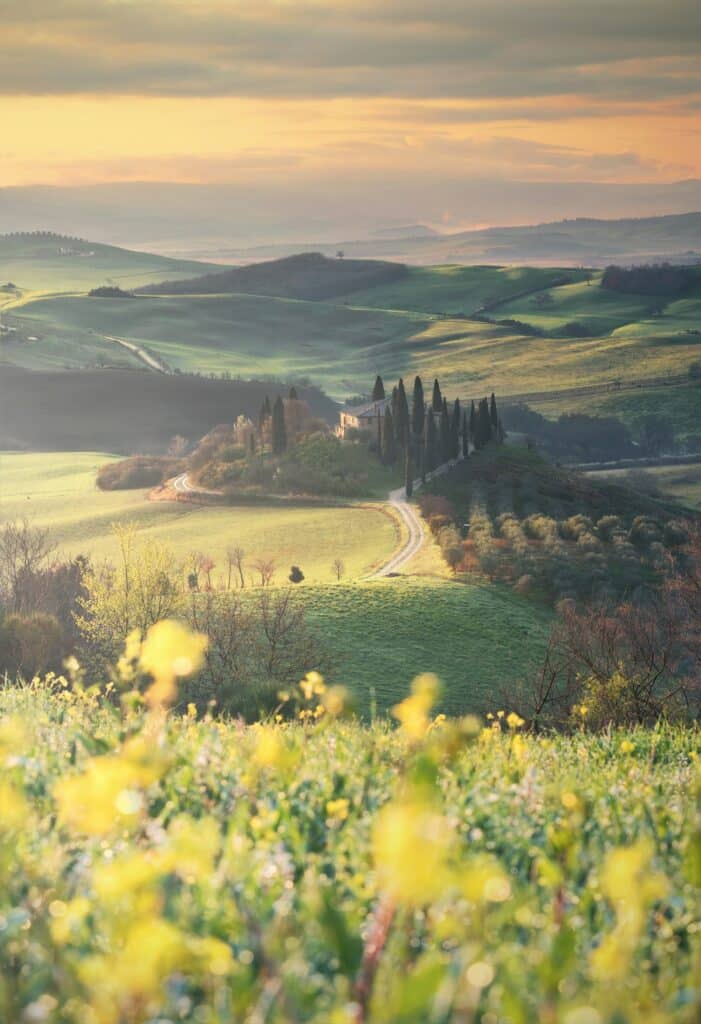
Your Italy Is Waiting
Italy doesn’t change—it has welcomed visitors for centuries. But how you experience it will profoundly affect what you take home.
Will you return with stress, blurry photos, and vague memories of famous places? Or with stories, friendships, and the kind of deep connection that keeps calling you back?
The choice is yours. But I’ll warn you: once you experience the richness of slow travel in Italy, you’ll never want to rush through a destination again.
Life is too short for fast travel through slow places. Italy has perfected the art of living well—isn’t it time you learned from the masters?
FURTHER READING:
• 39 Things To Know Before Going To Italy (So You’ll Feel Like A Local)
• When Is The Best Time To Go To Italy?
• Planning A Trip To Italy: The Ultimate Guide
• The Best Places to Stay in Italy: With and Without a Car
• The Best Food Regions in Italy (Ultimate Foodie Destinations)
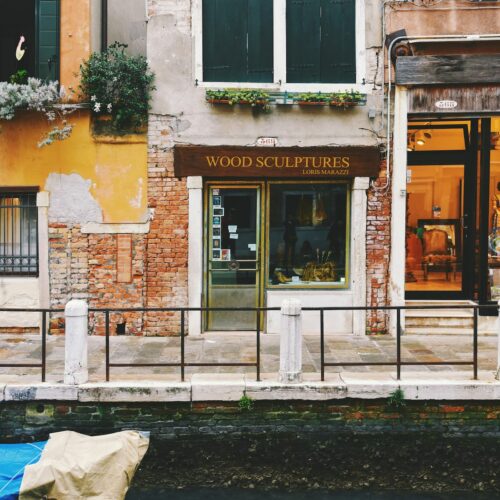
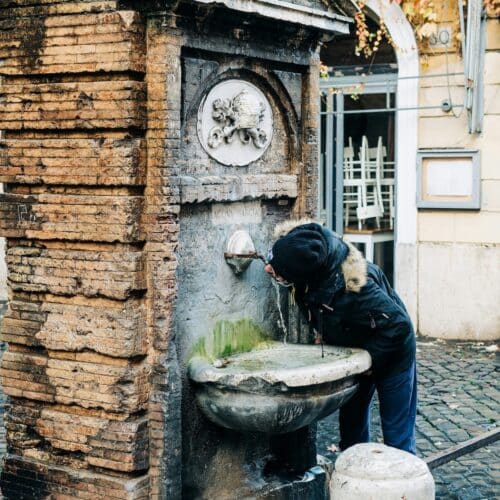
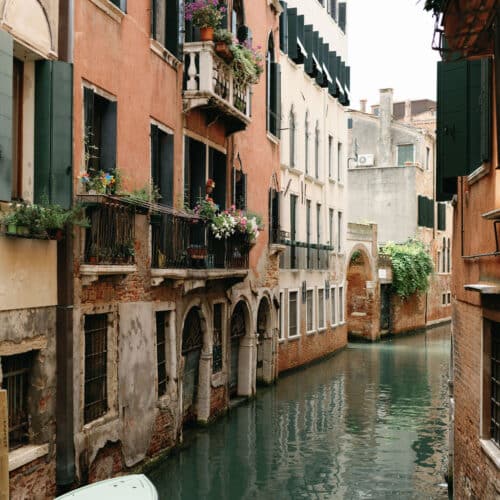
Great article! Looking forward to chatting in person in a couple of weeks.
Thank you! I’m looking forward to it too!
This inspired me to write something similar. I have also mentioned your article and blog
https://iconicmagazineonline.com/2025/04/06/why-slow-travel-is-the-best-way-to-see-spain/
Hi Christina, I’m so glad that you were inspired by this post. Love your post too. Thanks for the shout out!